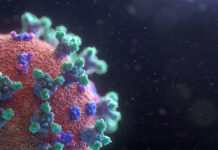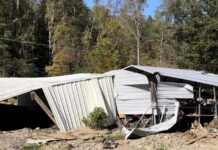We are not here to recommend that you vaccinate or that you don’t. Just like the decision on whether to wear a mask or to self-quarantine, this is your choice. Do your research and make whatever decision best suits you.
It is becoming clear, however, that vaccines will not be a magic pill and are unlikely to get rid of the pandemic as quickly as appeared. But we hope that a vaccine will protect the elderly and other at-risk groups, slow the rate of infections and thereby reduce the burden on hospitals, and reduce fear. As we have reported before, fear of the virus is responsible for many of the stupid policies and bad decisions that have been made by individuals, public health officials and politicians.
Whether you, or I, choose to take a vaccine (when we have one) isn’t the point. The point is that having a vaccine will help things calm down and will help places stay open, and that’s going to be important for all of us. We probably won’t be getting back to a semblance of “normal” any time soon without a vaccine. That’s enough to earn my support.
By the Numbers
Coronavirus cases and deaths are down again in the U.S. and the curve definitely appears headed downward. Yes, reporting of cases tends to drop as a result of the weekend, but this appears to be more than a traditional drop. It will be interesting to see if things pop back up tomorrow and by how much.
Cases in the past 24 hours increased by only 45,500 in the U.S., a significant drop from numbers in the high 60s that even pushed over 70,000 a time or two in late July. The total number of reported cases is now 4,725,100. There were 602 deaths attributed to COVID-19, for a total of 155,935.
Reports were also quiet on the global front, with only 200,000 new cases for a total of 18.317 million. There were 4,532 deaths reported for a total of 694,713.
Barely a Hurricane
Hurricane Isaias was a Class 1 Hurricane when it came ashore but it quickly returned to tropical storm status. For most of the East Coast it/was primarily a rain even, for which we are grateful. When preparing for the worst and hoping for the best, it’s nice when events surprise us by leaning towards our hopes rather than seeing our worst fears realized.
Winds have been around 60 MPH, although there were gusts reported in the 90s, and 750,000 homes have lost power, so far, according to The Weather Channel. Clearly, this is not a non-event, but neither is a regional catastrophe that will leave things disrupted for days or weeks.
There is still rain, and there will be flooding as it moves up the East Coast, but the storm is moving quickly (35 MPH) enough that we are unlikely to see the high rain falls associated with slower storms that cause so much damage.
For those in its path, pick up loose objects in your yard that might blow around, and remember not to drive on flooded roads.







